If you want to turn your knowledge or passion into a profitable business, then Expert Secrets by Russell Brunson is a must-read. This book reveals powerful strategies for positioning yourself as an expert, building a loyal audience, and using storytelling to create a movement around your ideas.
Expert Secrets isn’t just about selling products; it’s about connecting with your audience on a deep level and inspiring them to take action. Brunson shows that people don’t just buy products—they buy from people they trust, admire, and feel connected to.
Whether you’re looking to grow your influence, launch a product, or build a thriving online community, this book provides the framework you need. In the following summary, we’ll explore the key takeaways from each chapter so you can start applying these principles today.
🌟 1. Anyone Can Become an Expert: You don’t need special degrees to become an expert. All you need is curiosity, a desire to learn, and the goal of helping others succeed.

Foreward Summary
In the foreword, Garrett J. White, founder of Wake Up Warrior, shares how Russell Brunson’s teachings and tools transformed his business.
- The Wake Up Warrior Journey: Garrett struggled after his mortgage business crashed in 2008 after the financial crisis. He decided to launch his own business focusing on masculinity and success. He found success, but was spending 90% of his time wrestling with dozens of marketing tools instead of growing his business. In 2014, he found ClickFunnels, which simplified his life by replacing most of the other tools. In under 2 years, his revenue exploded from $585K to $3.6M.
- The Life-Changing Impact of Expert Secrets: Since this book was released, Garrett has read it 10 times, bought 1,000 copies for the men he coaches, and credits Brunson’s teachings for growing his business to $19.6M in sales—truly life-changing.
(Russell Brunson is already practicing what he preaches. He begins the book with a massive success story from one of his students. What is the purpose of this foreward? To give us proof that his methods have worked for others, so we know they will work for us too. It’s a valuable lesson in itself!)
The first three chapters explore how to become an expert starting from zero, how to teach your “frameworks” effectively, and how to choose a niche that is profitable.
Chapter 1 Summary
In this chapter, Brunson shares his journey to becoming an expert, which he says anyone can do if they stay curious and committed to learning.
- The 4 Phases of Becoming an Expert: Brunson describes five stages of growth, each building on the last to help you find and share your expertise.
- Overcoming Self-Doubt: Many beginners feel like they aren’t “qualified” to be experts. Brunson shares his own story of doubt—his high school guidance counselor told him he wasn’t smart enough to get into college because of a 2.3 GPA, but 15 years later, his mother returned to that counselor’s office to share that her son was now a millionaire and a published author.
- Start as a “Reporter,” Not an Expert: Instead of feeling like you need all the answers, start by learning from others. A great way to do this is by interviewing experts on a podcast. This gives you a reason to begin reaching out to other experts, building your network and audience in the niche.
- Create Your Own Frameworks: Take what you’ve learned, keep the useful parts, and toss the rest. Shape it into your own method that others can follow to get a desired result. Test it out yourself first to refine it into a clear process.
- Teach for Free to Dream Clients: Begin by teaching your method to a few ideal clients for free. This helps you practice teaching your frameworks and make sure they really get results for people. You’ll also be gathering success stories, which will be crucial to making paid sales. Brunson emphasizes your credibility as an expert comes not from credentials, but from the results you’ve produced for people—he gets paid tens of thousands of dollars for marketing advice, yet has no degree or certification.
- Become a Trusted Guide: Publish regularly, focus on providing real value, and share unique ideas that stand out in your field. For example, Dave Asprey, founder of the Bulletproof Diet, became influential by introducing butter coffee, inspired by a Tibetan drink he discovered, which was unusual yet effective.
- Document Your Journey: Brunson encourages publishing consistently, even if no one is listening at first. He began his Marketing Secrets podcast during a tough time when his business was failing. By sharing his highs and lows, he built an audience and documented his journey to success, eventually growing ClickFunnels into a $100M per year company. Brunson emphasizes that obsession with a topic and a genuine desire to help others is more valuable than having all the answers.
This is basically the same strategy Alex Hormozi shares in $100M Leads. Hormozi started his first business by offering free gym training to friends and family, which helped him build credibility, get testimonials, and earn referrals. He recommends starting with 5 free clients, then gradually increasing your pricing. This allowed him to grow quickly to make $4,000 a month.
Hormozi recommend starting with warm outreach—reaching out to people you already know and asking if they “know anyone” who might benefit from what you offer. For example, he would call up an old friend, ask how they’re doing, mention he was starting a personal training business, and then ask if they knew anyone who wanted to lose weight or get in shape. This indirect approach avoids the awkwardness of making a direct sales pitch to someone you’re friends with. It keeps the conversation friendly and low-pressure, and often people will refer themselves or someone they know.
🛠 2. Create Your Own Methods: Take what you’ve learned from other experts and shape it into your own original process that others can follow to get results.
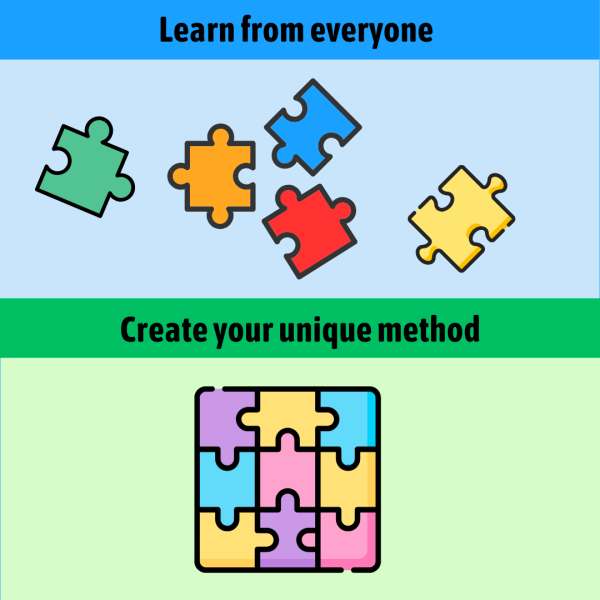
Chapter 2 Summary
In Chapter 2, Brunson explains how to effectively teach your frameworks so people see the value and are motivated to take action.
- 5 Steps to Teach Your Frameworks:
- Introduce the Framework: Start by naming your framework, explaining how many steps it has, and what result it achieves.
- Share Your Story: Before teaching, tell the story of how you learned this framework. Brunson found that people valued his advice much more when he explained the time and effort it took him to discover it. This “pre-frame” shows people the value, helping them realize they can skip the pain you went through.
- Explain the Strategy (The What): Give an overview of the steps and how they work together. This could be a simple outline, doodle, or chart to set up the full teaching.
- Teach the Tactics (The How): Dive into the detailed steps of the framework. Think about what someone would need to do to get results from scratch, step-by-step.
- Show Social Proof: To build trust, share examples and success stories from others who used the framework. This reassures people that the method works for others, not just for you.
Chapter 3 Summary
In Chapter 3, Brunson explains how to choose a market, which is really deciding who you’re going to serve.
- The Three Core Markets: Health, Wealth, and Relationships. Start by identifying your target audience within one of these core areas. Within each core market are smaller submarkets, like within health there is weight loss, muscle gain, keto diet, etc. Look for a submarket with passionate communities, unique language, organized events, and established experts.
- Creating a New Category: To stand out, create a new category within your chosen submarket—become the “category king.” For example, ClickFunnels didn’t compete with existing website builders or landing page builders; it created a new category of “sales funnels.” Avoid crowded “red oceans” and aim for unique “blue ocean” opportunities.
🔑 3. Increasing Perceived Value: Make your offer feel more valuable by selling it as a new opportunity, adding helpful tools, and building a community around it.
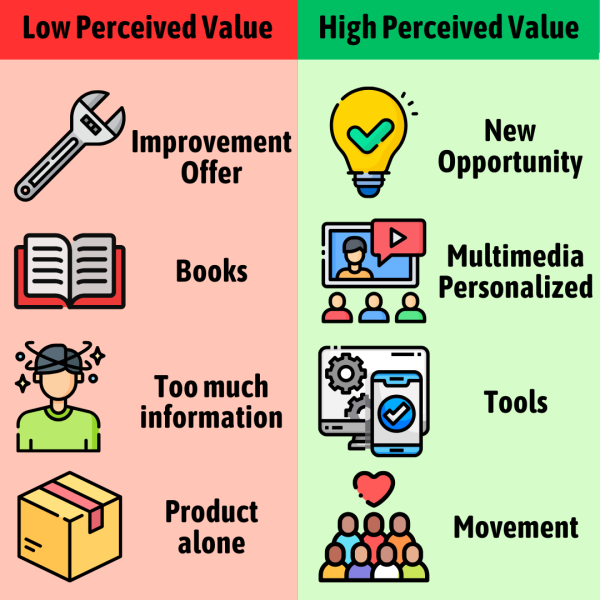
The next 3 chapters discuss what you should offer your chosen market. Topics including offering people a new opportunity rather than improvement, packaging your frameworks for greater perceived value, and building a movement.
Chapter 4 Summary
In Chapter 4, Brunson shows why offering a “new opportunity” is much more powerful than an “improvement offer.”
- Improvement vs. Opportunity: Most businesses sell improvement offers (like “do what you’re already doing, but better”). However, the best offers give people a new opportunity—a completely different way to get results. Instead of just making small improvements, a new opportunity feels like a fresh, exciting path to success. For example, Brunson positioned ClickFunnels as “sales funnels,” a whole new approach compared to traditional websites.
- Why People Prefer New Opportunities: People are often skeptical of improvement offers because they’ve tried similar things before. A new opportunity feels different and hopeful, allowing them to believe past failures weren’t their fault. For example, people who have tried many diets may be skeptical of yet another one but may be open to a new approach like intermittent fasting.
- Creating Your New Opportunity: Start by identifying the result your customers want, then list the methods they’ve already tried. Finally, position your offer as a totally new way to get to their goal—like trading in an old broken bicycle for a brand-new car.
Brunson learned this idea from classic marketing teacher Dan Kennedy. Kennedy is a guy who is less talked about today, but his courses formed the foundation for much of modern online information marketing. He explored this concept extensively in his course on “Opportunity Concept Marketing.”
Chapter 5 Summary
In Chapter 5, Brunson explains how to increase the perceived value of your offer so people are willing to pay more, simply by changing how it’s presented.
- Increasing Perceived Value: People are willing to pay more for the same information if when the format is more engaging, detailed, or personal. For example, a book might sell for $10, while the same information as an audiobook could sell for $50, as an online course for $200, a live workshop for $5,000, or consulting for $15,000. Books aren’t very profitable but can establish you as an expert.
- Adding Tools to Your Offer: Include 1-3 information products in your offer, but avoid too many, as it can feel overwhelming. Add tools like software, workbooks, or physical products (like gadgets or supplements) to make the offer more appealing. Tools like software often have a higher perceived value. Tools don’t have to be complex—Brunson’s first tool was a basic “zip rebrander” app. He hired a coder on a freelance marketplace, explained what he needed, and for just over $100, received a working app.
- Packaging Your Opportunity: Brunson initially struggled to get people to sign up for a free trial of ClickFunnels. But when he was asked to sell a $1,000 package at an event, he bundled ClickFunnels with courses on building sales funnels and getting traffic, framing the software as essential to a new opportunity. This made it more attractive, and he sold 10,000 subscriptions in the first year alone!
In his other book DotCom Secrets, Brunson goes into detail on the purpose of an offer, which is to increase the perceived value of what you’re selling, and also to make it something unique they can only buy from you. In another great book $100M Offers by Alex Hormozi, you can find more detailed instructions on HOW to do that. Hormozi recommends filling out your offer by making a list of ALL the problems your customers will face on the way to their goal, then adding a solution for each problem. For example, when his new gym clients signed up, they would receive not just a gym membership, but also a customized meal plan, with a shopping list, etc. I recommend both of those book if you’re building your offer.
Chapter 6 Summary
In Chapter 6, Brunson explains the power of creating a movement where your audience feels like they belong, instead of treating them as just customers.
- Building a Movement: True transformation happens when people feel part of a tribe with a shared identity. Brunson created the “Funnel Hacker” identity for ClickFunnels users, even spending thousands to give away free t-shirts with trials of the software. Similarly, Kaelin Poulin initially sold a product called “Tuell Time Tracker” focused on traditional weight loss. She later rebranded as “LadyBoss,” creating a movement around women’s empowerment, not just weight loss. This rebranding helped her connect deeply with her audience and built a massively successful business.
- Creating Belief: People often need to see that big goals are achievable by hearing success stories from others like them. Brunson shares the story of the 4-minute mile, once thought impossible until Roger Bannister achieved it, inspiring hundreds to follow. To create this effect, Brunson gives “2 Comma Club” awards at ClickFunnels events to members who have made over $1 million through their funnels. This recognition builds loyalty and inspires new members to strive for the same success.
🚀 4. Use Stories to Sell: To help your audience believe in your solution, tell stories about how you or others overcame similar challenges and doubts.
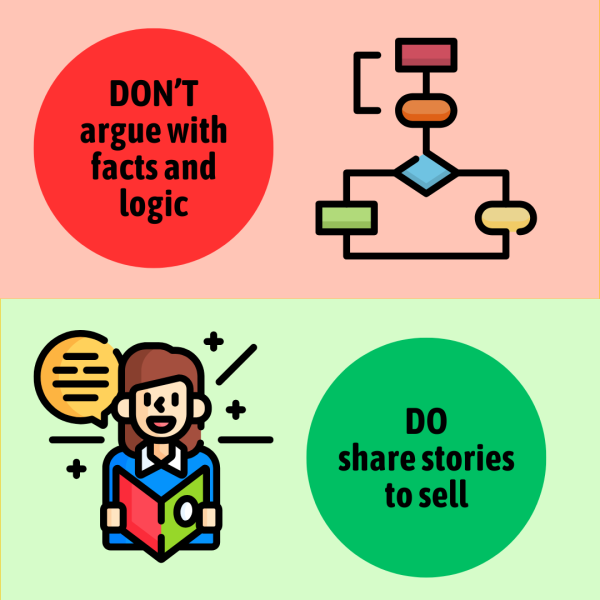
The next four chapters explain the art of storytelling—the most powerful way to convince someone that our offer will work for them.
Chapter 7 Summary
In Chapter 7, Brunson explains the importance of telling your “epiphany story”—the moment when you first realized the power of the opportunity your offer is built on.
- The Power of Storytelling: Instead of trying to convince people with facts and logic, tell them a story that makes them feel the same excitement you did when you discovered this opportunity. A great story draws them into your “aha moment” and lets them experience the excitement and belief that sold you on the idea. This way, they naturally feel convinced, as if they’ve come to the conclusion themselves.
- Example – Potato Gun Course (ClickFunnels Epiphany Story): Russell Brunson and a friend figured out how to make a potato gun and saw that others were searching for instructions online. So, he created a how-to video and started making money. But then, when Google raised ad prices, he couldn’t afford to advertise anymore and was about to give up.
- That’s when his friend Mike Filsaime introduced him to sales funnels. By adding an upsell—an additional, more expensive product—Brunson found that one-third of his customers bought it, which made his business profitable again. This was his big realization: to succeed online, you don’t just need a good product; you need a funnel to guide customers through additional purchases. This “epiphany story” was the core element of the sales message that grew ClickFunnels to $100M per year.
Chapter 8 Summary
In Chapter 8, Brunson explains how to use the classic “hero’s journey” framework to make your marketing stories more compelling and memorable.
- Background on the Hero’s Journey: The Hero’s Journey is a universal structure found in almost all powerful stories, from Harry Potter to The Lion King to Star Wars, and helps create deep emotional connections with an audience. Originally, this was a 17-step framework described by Joseph Campbell in The Hero With a Thousand Faces and later simplified to 12 steps for Hollywood scriptwriters by Chris Vogler in The Writer’s Journey. Brunson further simplifies it into four key phases for effective marketing.
- Brunson’s 4-Phase Storytelling Framework:
- Character, Desire, Conflict: Every story begins with a character who wants something but can’t get it, creating a conflict. The character starts in their “ordinary world” and builds empathy through relatable struggles (like Harry Potter living in a cupboard, or Russell Brunson wanting to build an online business).
- Journey and Villain: The hero embarks on a journey to achieve their goal, facing obstacles along the way. A “villain”—either a person or idea—creates additional conflict (like Harry going to Hogwarts and fighting Voldemort, or Google hiking ad prices for Brunson).
- The Guide or Expert: The hero encounters a guide who offers the wisdom or tools to overcome the challenge and reach their goal (e.g., Dumbledore provides guidance to Harry, Mike Filsaime teaches Brunson about funnels).
- Achievement and Inner Transformation: Often, the story’s real reward isn’t achieving the original goal but a deeper transformation. The hero learns a valuable life lesson, like realizing that relationships or self-growth matter more than success (e.g., a hero might start out chasing fame but ultimately values family more).
Building a StoryBrand by Donald Miller is a fantastic guide on how to apply the Hero’s Journey to your overall brand. Here’s one of the best points from that book: Most brands make the mistake positioning themselves or their founder as the hero of your story. Instead, you need to position your customer as the hero on a quest to solve their problem. You are their guide, helping them with empathy and authority to reach success. In other words, they are Luke Skywalker, you are their Yoda.
Chapter 9 Summary
In Chapter 9, Brunson explains how to write your main story script that helps people understand and get excited about your new opportunity.
- The 4 Key Parts of the Story Script. By answering these questions, you create a powerful story script that helps people connect with you, understand your discovery, and feel inspired to try it themselves:
- Your Background: What was your life like before this discovery? What did you want? What had you already tried?
- Beginning the Journey: When did you decide enough was enough? Who or what was holding you back? What were you afraid of happening if you failed?
- The New Opportunity: What was the big “aha moment” or new idea that changed everything? Was there someone who helped you see this?
- The Framework: How did you turn your discovery into a step-by-step process? What results did you get from it? What results did others get from it?
Chapter 10 Summary
In Chapter 10, Brunson provides an overview of four core stories you need to tell to convince people to buy your product.
- The Four Core Stories to Change False Beliefs. People often don’t buy because they have false beliefs stemming from past failures. These beliefs make them doubt that your product will work for them. Your job is to break these beliefs by sharing the right stories that show how you (or others) overcame similar doubts.
- Origin Story: Tell the story of how you discovered your new opportunity. This is usually the longest story and shows why your offer is different from anything they’ve tried in the past. It’s the story we’ve already talked about.
- Pain and Frustration Story: Share the challenges and struggles you faced when creating your framework. This shows them that getting results wasn’t easy but is possible. It also increases the perceived value of your framework or offer.
- Self-Doubt Story: Talk about how you overcame your own doubts, proving that they don’t need to have any special ability to succeed. For example, Brunson explains you don’t need technical expertise to create a funnel using his software.
- External Obstacle Story: Explain how you or others got past outside challenges, showing that they can follow your steps and achieve results too. For example, many of Brunson’s audience see getting traffic as a major obstacle to their success.
📈 5. Follow the Perfect Webinar Script: Write a powerful, engaging sales presentation that tells stories, answer objections, and build value
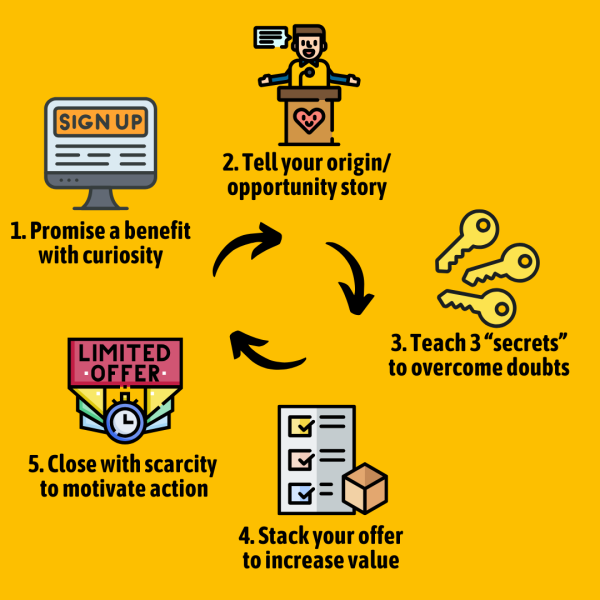
The next five chapters explain more details about how to create a core sales presentation for your main offer, which Brunson recommends presenting as a weekly webinar.
Chapter 11 Summary
In Chapter 11, Brunson explains his “Perfect Webinar” framework, designed to create powerful sales presentations.
- Parts of the Perfect Webinar. Early in his career, Brunson saw someone earn $60K after a 90 minute presentation. After a few failures, he realized that effective selling isn’t about teaching a lot of content, but about breaking down false beliefs through stories. Over time, he developed and perfected this framework, which has helped many others succeed:
- Start with your origin story—how you discovered your framework. It’s about showing them that your opportunity is the best and only way to get the result they want. If they believe this, everything else falls into place.
- The Three Secrets: This is the “teaching” part, but instead of giving instructions, you’re sharing stories to counter specific doubts.
- Stack and Closes: Present your offer piece by piece, adding value with each part. Use proven closing statements to help people feel confident about buying.
Chapter 12 Summary
In Chapter 12, Brunson explains how to start your webinar, and then your origin story should focus on knocking down the “Big Domino”—the one key belief someone needs to want to buy your offer.
- The Big Domino Concept: To get people to buy, they only need to believe two main things: First, that your new opportunity is the best way to get the result they want. Second, that your offer is the only way to succeed with that opportunity. For example, if people believe sales funnels are the best way to succeed in online business, and that ClickFunnels is the only way to build them effectively, Brunson knows they’ll be ready to buy.
- How to Start Your Presentation: Begin with a slide that says, “How to get (result) without (pain),” and reassure them that past failures weren’t their fault. Then, clarify who this presentation is for (from beginners to experts), and introduce the Big Domino—the one belief that they need to accept.
- Using Your Origin Story to Knock Down the Big Domino: Briefly share why you’re qualified to teach them, then tell your origin story using the Epiphany Bridge script. This story helps them feel the same “aha moment” you did, making them see your new opportunity as the best path forward, which knocks down the Big Domino.
Chapter 13 Summary
In this chapter, Brunson explains the next part of your webinar, the “Three Secrets.”
- The Three Secrets: These are shorter stories designed to tackle specific doubts, or “false beliefs,” that people might still have about succeeding with your offer. Each secret should tell a story, explain what to do, and show proof that it works, without going into step-by-step details. Save the “how-to” for later, after they’ve decided to buy.
- Secret 1 – The Story of Developing Your Framework: This story shows why your opportunity is different and better than what they’ve tried before. Share the hard work, trial, and error you went through to develop your framework, showing that you’ve done the hard work so customers can get faster, easier results. For Brunson, this was his story of testing different sales funnels for supplements until he found a funnel framework that worked consistently for himself and others.
- Secret 2 – Internal Belief (Self-Doubt): This story helps them believe they’re capable, overcoming self-doubt about their ability to get results. Brunson addresses the common doubt of his customers—“I’m not tech-savvy enough”—by sharing how he created ClickFunnels as a simple drag-and-drop tool, eliminating the need for tech skills, so anyone can succeed.
- Secret 3 – External Obstacle (Outside Challenges): This story shows that a big outside challenge can be solved with your approach, like not having enough time or resources. Brunson’s customers often worry about getting traffic, so he shares how you can “spy” on competitors to see where they get traffic and buy ads in those same spots, making it easier to get leads.
Chapter 14 Summary
In Chapter 14, Brunson introduces “The Stack,” a method for presenting your offer in a way that maximizes its perceived value and helps close more sales.
- Why Use The Stack: Most people present an offer by listing the main product, then the bonuses, then the price, which makes people connect the final price to the last bonus. The Stack is different—it builds value by showing each part of the offer one by one and adding each item to a “stack slide” as you go. This lets people see the value grow with each addition. Brunson learned this method from Armand Morin, who used it to close half a room of 1,000 people for a $1,000 course. When Brunson tried it, he made the most sales ever and will never give a sales presentation without it.
- How It Works: Start by asking for permission to present the offer, a transition that removes awkwardness. Then, introduce each item in the offer one at a time—briefly explain what it does, why it’s valuable, and share a quick success story. Each time, add the item to a “stack slide” to show the growing value. At the end, show the complete stack with a total value that’s 10X higher than your price. Then reveal your real lower price, and add urgency with a countdown and limited-time availability.
Chapter 15 Summary
In Chapter 15, Brunson explains the power of “trial closes” to get more people to buy your offer.
- Trial Closes: These are small questions throughout your presentation that get the audience saying “yes” before you ask them to buy. Brunson learned this technique from top closer Ted Thomas, who used simple questions like “Isn’t this great?” and “You’re following along, right?” to get people nodding and agreeing throughout the presentation. These “mini yeses” build momentum toward the final close. Although Brunson was skeptical, he saw a 50% increase in sales by adding these small questions throughout his webinar.
A must-read marketing book is Influence by Robert Cialdini. He’s a psychology professor who explains simple principles that show why people say “yes” and why certain marketing tactics work. His main ideas are reciprocity, commitment, social proof, authority, liking, and scarcity.
For example, “social proof” means people are more likely to take action if they see others doing the same. For example, in one study, when hotels included a message in rooms saying, “Most guests reuse their towels,” towel reuse rates went up significantly. You can use this in marketing by sharing testimonials or showing how many people have already signed up—like saying, “Join the 5,000 others who love this product!”
⏳ 6. Improve Your Presentation Each Week: Test your webinar live every week, paying attention to audience reactions and making changes to improve your sales.
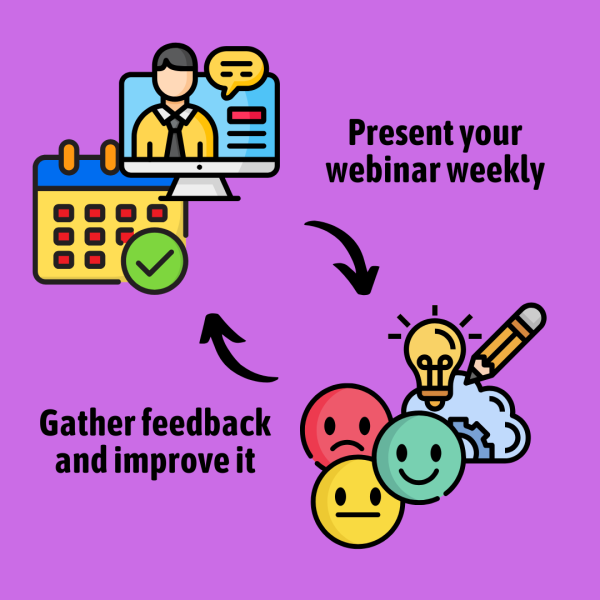
Chapter 16 Summary
In Chapter 16, Brunson emphasizes the importance of testing and refining your webinar presentation through live events until it’s perfect.
- Why Live Testing Matters: At first, Brunson was struggling even to sell free trials to his new ClickFunnels software. But a friend encouraged him to make a $1,000 offer at his event, including a year of ClickFunnels in the offer. Brunson sold a third of the audience, immediately recognizing he had something special. After that, he arranged a weekly webinar, each time promoted by a different partner. He listened to common questions and objections people had, and made changes to his presentation script to address them. For example, his first presentation only had examples of supplement funnels, so he added stories for a variety of business like coaching, e-commerce, etc.
- Weekly Webinar Plan: He suggests testing your webinar weekly and perfecting it until it’s consistently successful. Goals: 5% conversion to break even, 10% for $1 million per year, and 15% for $10 million+.
- Mon-Wed: Promote the webinar registration page with ads, partners, and social media. Use curiosity-based headlines like, “How to get [result] without [pain].”
- Self-Liquidating Offer: Offer a low-cost product (under $50) or free trial to cover ad costs right away.
- Optional Pre-Webinar Videos: Send 3 short intro videos that introduce you and tease what’s coming in the webinar, building excitement.
- Thursday Webinar: Send 3 reminder emails on the day of the webinar. Aim for 1,000 people to register, with about 250 showing up. Expect around 10% to buy during the webinar and another 10% after.
- Fri-Sun Follow-Up: Send a replay and a PDF summary on Friday for those who missed it. Over the weekend, increase urgency by reminding them that the offer closes soon.
Chapter 17 Summary
In Chapter 17, Brunson shares a shortcut outline to a sales presentation. It’s a simpler, shorter version of the Perfect Webinar that you can present live, even on short notice.
- 7 Steps to a Shortcut Webinar: Brunson came up with this when he wanted to create a last minute offer to help promote his friend’s webinar offer. He presented this on Facebook Live in front of a whiteboard with the key points, and made $250,000.
- Define the opportunity you’re offering (something new, not just better).
- Build your stack/offer (list what they’re getting).
- Identify the Big Domino (main belief) and use it as your headline.
- Share your origin story.
- Introduce Secret #1 to break a specific belief about the framwork.
- Introduce Secret #2 to tackle another common inner doubt.
- Introduce Secret #3 to handle any final objections.
Chapter 18 Summary
In Chapter 18, Brunson introduces a 5-minute version of the Perfect Webinar for products that are lower priced.
- 5-Minute Webinar Formula: Jaime Cross, who sells handmade soaps, initially tried a full 90-minute webinar to sell a $200 soap and lotion package, but it didn’t work. She switched to a 5-minute version and ran it as a Facebook ad for her $39 product. It took off, making $2M in the first year.
- Address a Common Misconception: Start with a surprising fact to grab attention. For example, “Did you know that the best way to lose weight isn’t just about cutting calories?”
- Mention the 3 Secrets: Briefly outline three secrets related to your product that challenge common beliefs. For example, “It’s not just what you eat, but when you eat. Research shows that timing your meals can supercharge your metabolism and help burn fat faster…”
- Handle Objections: Say, “You’re probably thinking…” and address any likely concerns.
- Make Your Offer/Stack: Present your product with a simple stack that highlights its value.
Chapter 19 Summary
In Chapter 19, Brunson explains how to use the key stories and elements from your Perfect Webinar throughout your entire sales funnel.
- Video Ads & Low-Cost Offers: For ads or low-cost products (like a free+shipping book), just tell the story of how you created the product. Keep it short and interesting by using a quick version of the webinar script.
- Follow-Up Emails: Break down the Perfect Webinar into bite-sized emails. Each email focuses on one story or “secret,” and the final emails introduce the offer and add urgency to encourage action.
- Product Launches: For a launch, make 3-4 short videos over a few days. Each video covers one story or secret, with the final video presenting the offer.
- Pick Your Expert Topic: Choose a specific area you’re curious about, then list 3-5 top experts in that field to study.
- Start Sharing What You Learn: Post one insight or takeaway on social media each day to build credibility and connect with your audience.
- Outline Your Own Method: Write down 3-5 steps someone could follow to get the same results, based on what you’ve learned. Give this process a unique name.
- Add Tools to Your Offer: Think of 2-3 resources (e.g., checklist, template, guide) that would help people apply your method, then create and bundle them.
- Build Community: Create a private Facebook group or chat for customers to share results, ask questions, and stay motivated.
- List Common Doubts: Write down 3-5 doubts or objections your audience might have. For each, note a story that shows how you (or others) overcame it.
- Draft a Webinar Script: Follow the Perfect Webinar outline—start with your origin story, introduce the “Big Domino” belief, then share three secrets. Write down one sentence for each part.
- Practice Your Webinar Live: Set up a live session weekly to present your script and watch for questions or engagement. Adjust your script each time to improve.

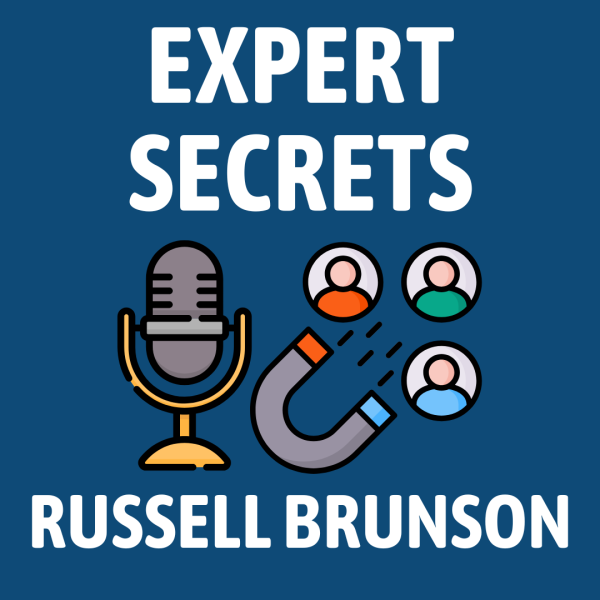




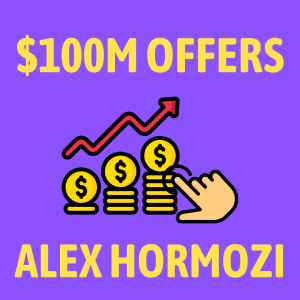

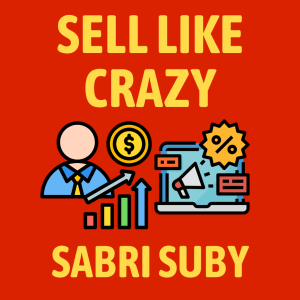

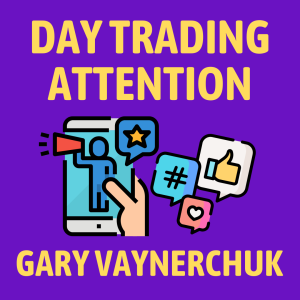
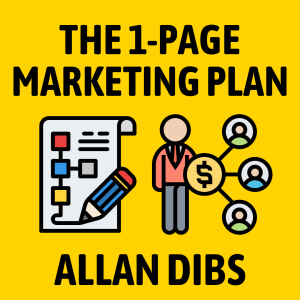





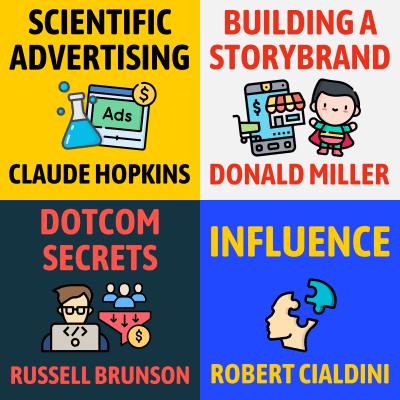


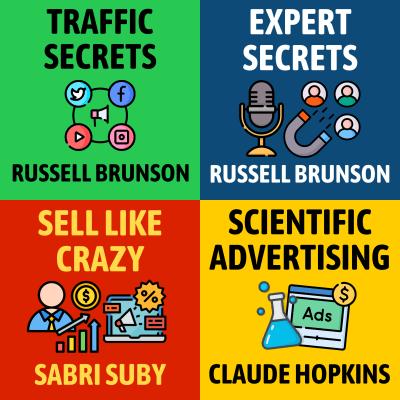











Community Notes